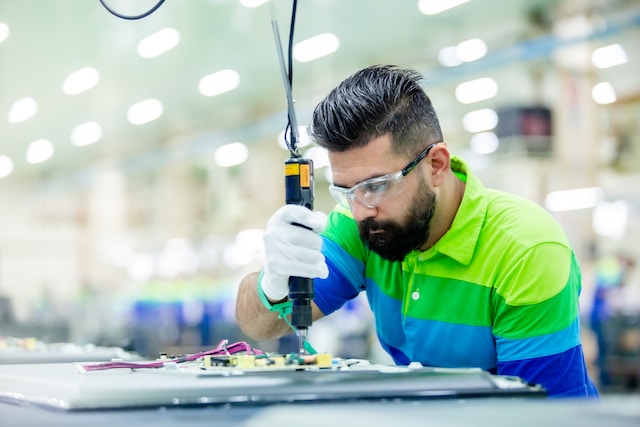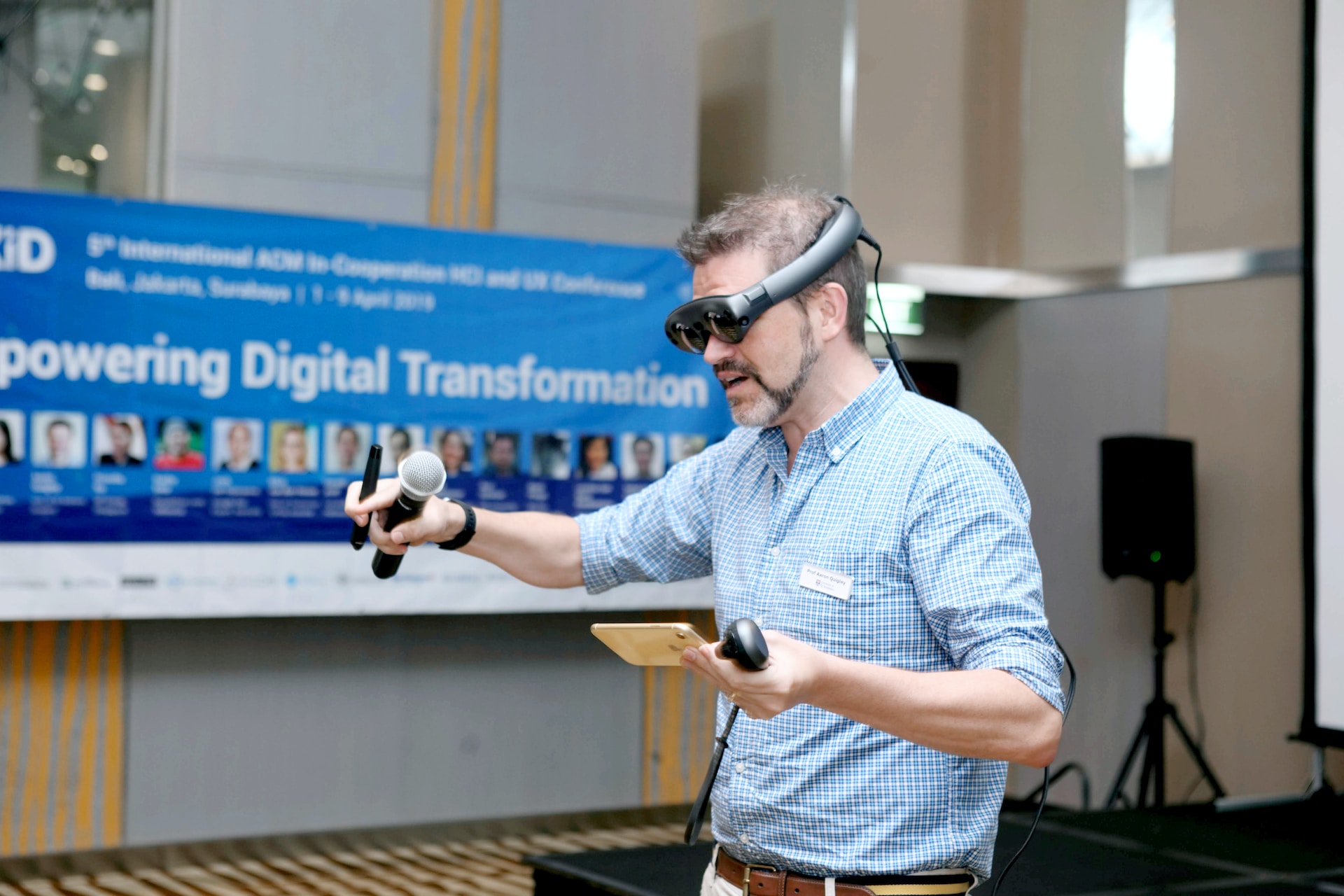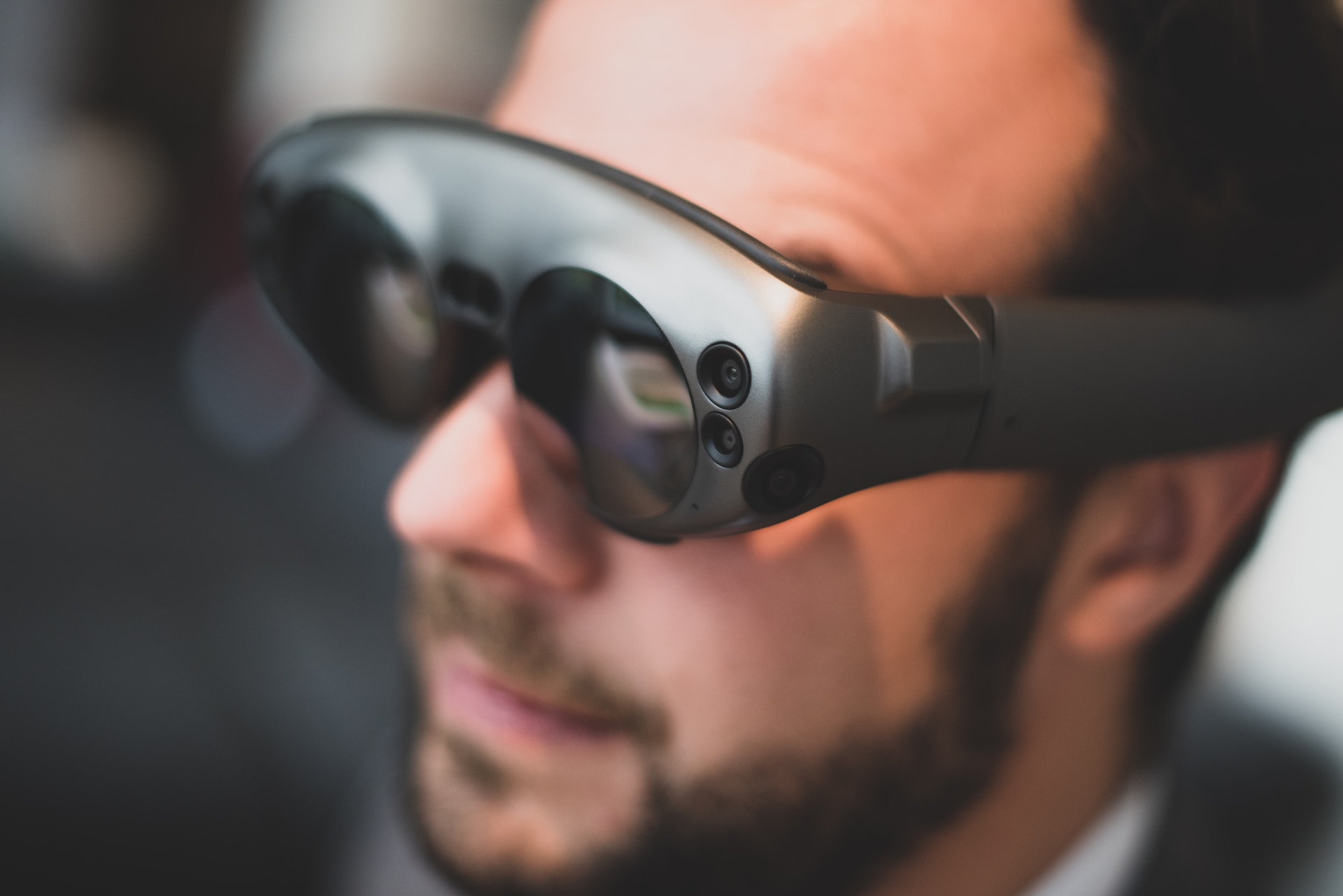Augmented Reality (AR) has emerged as a transformative force in the realm of manufacturing, bringing about a significant shift towards sustainability. In today’s fast-paced world, where environmental concerns are at the forefront, the integration of AR technologies offers a unique solution to foster sustainable practices.
Introduction
In the introductory section, we’ll provide readers with a quick overview of Augmented Reality (AR) and highlight the increasing importance of sustainability in the manufacturing sector. The emphasis will be on setting the stage for understanding how AR can be a key player in achieving sustainable manufacturing goals.
Understanding Sustainable Manufacturing
Defining sustainable manufacturing and exploring its core principles will be crucial in establishing a foundation. This section will delve into the broader significance of adopting sustainable practices in the current global scenario.
The Role of Technology in Sustainability
Before delving into AR’s role, we’ll discuss the impact of technology on manufacturing. This section aims to provide context for readers, showcasing the evolution of technology as a driving force behind sustainable practices.
AR and Sustainable Manufacturing: A Synergistic Approach
This pivotal section will explore the practical applications of AR in various manufacturing processes. Through real-world case studies, readers will gain insights into successful integrations and the resulting benefits for sustainability.
Efficiency Enhancement through AR
Highlighting how AR contributes to efficiency improvement in manufacturing processes will be the focus here. Specific examples and statistics will be used to illustrate how AR optimizes resource utilization and reduces waste.

AR and Workforce Empowerment
This section will shed light on how AR is not just a technological tool but also an instrument for workforce empowerment. Training and skill development using AR will be explored, showcasing its role in creating a knowledgeable and skilled workforce for sustainable practices.
Overcoming Challenges in Implementing AR for Sustainability
No transformative technology is without challenges. Here, we’ll discuss common obstacles in implementing AR for sustainable manufacturing and provide practical solutions based on successful examples.
Global Adoption and Recognition
Exploring how AR is gaining acceptance globally within the manufacturing community and how organizations adopting sustainable AR practices receive recognition and awards.

The Intersection of AR, Sustainability, and Corporate Responsibility
Examining how AR aligns with corporate social responsibility, showcasing its positive impact on brand image and consumer perception.
Challenges and Controversies in AR for Sustainability
Addressing the ethical considerations surrounding AR applications and debates on the environmental impact of technology.
Conlusion
Summarizing the key points discussed throughout the article, this section will reinforce AR’s pivotal role in sustainable manufacturing and issue a call to action for increased adoption.
FAQ
Is AR widely accepted in the manufacturing industry for sustainable practices?
AR has gained significant acceptance, with many leading companies embracing it for sustainable manufacturing.
How does AR contribute to reducing environmental impact in manufacturing?
AR optimizes processes, leading to reduced waste and efficient resource utilization, thereby minimizing environmental impact.
What challenges are commonly faced when implementing AR for sustainability?
Common challenges include initial implementation costs, resistance to change, and the need for specialized training.
Can small businesses benefit from AR in sustainable manufacturing?
Yes, AR offers scalable solutions, and small businesses can benefit from its efficiency improvements and cost-effective practices.
What are the future trends expected in AR applications for sustainable manufacturing?
Emerging trends include increased integration with Internet of Things (IoT), enhanced AR-powered simulations, and improved data analytics.




